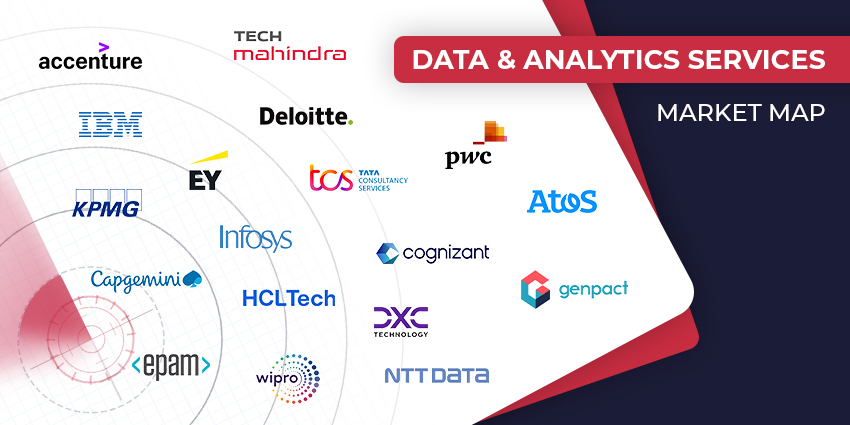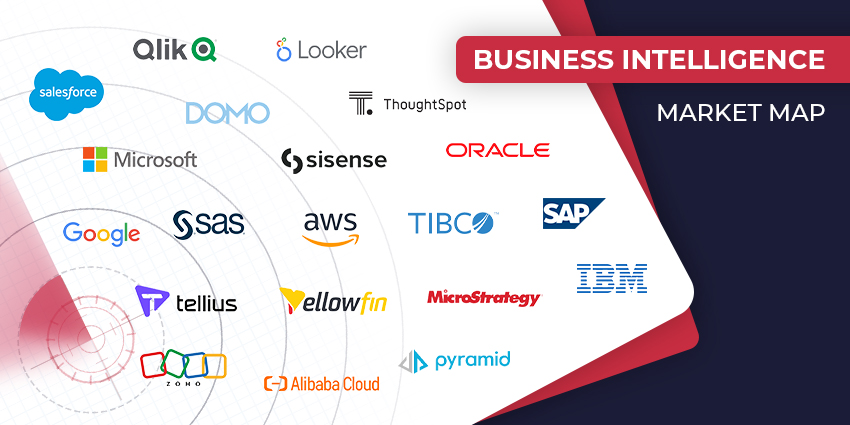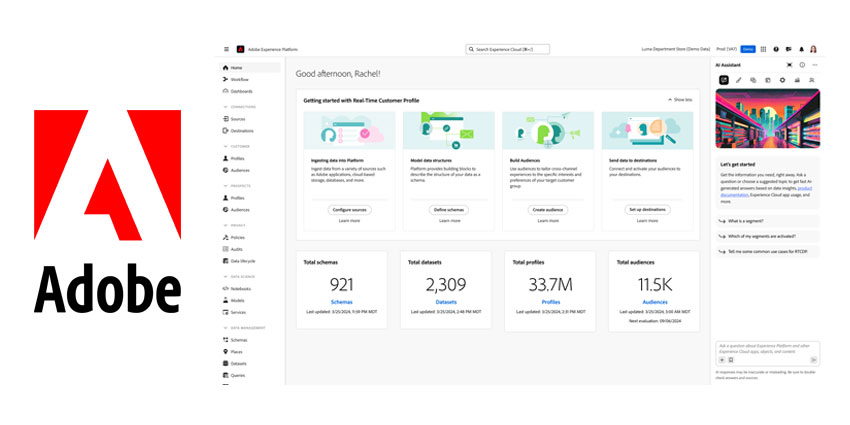Despite lockdown measures being relaxed, industries and businesses are still under considerable strain to try and cope with the added pressures: whether it be staff shortages, supply chain issues or working through the complications of remote working.
Staff shortages continue to be a particular challenge for contact centres, especially as this is a time when they are arguably at their busiest. Customers are seeking crucial information, looking to cancel contracts, save money, or even just find out where they stand on an issue. The last thing they want is the additional stress of not being able to speak to someone, waiting hours on hold, or not having their questions answered.
The importance of customer analytics to help find the pain points customers are experiencing and to address them quickly, cannot be overstated and needs to be used more widely. Over the last few months, customers have been at their most vulnerable and liable to look for alternative services if they are dissatisfied with their current service. As PWC found, 32% of customers would stop doing business with a brand – even one they loved – after just one bad experience.
The importance of customer experience
Customer experience is, of course, a priority for contact centres. Agents are on the frontline, both being the first representation of business and having control of what that first interaction with the customer will be like.
Because of this, the pressure sits on their shoulders to ensure that customers have the best experience, their questions are answered and they leave the interaction more than satisfied. We just have to look at the impact of bad customer experience, which costs UK brands alone, £234 billion a year in lost sales, to understand just how important customer experience is.
Understanding what the customer wants, and just as importantly, what the customer does not want, is crucial. This can be achieved through effective evaluation of all forms of customer interactions: from email and SMS to Interactive Voice Response (IVR) and customer calls.
Even combining omni-channel text platforms with voice data from customer calls can provide a rich data set for contact centres. It gives contact centres access to unfiltered data on the voice and tone of the customer and can help to improve the customer experience. However, improving customer experience is challenging to do efficiently. The need for analytics is the key here as this data can inform front line customer service agents to adjust their response to the customer in real-time.
The need for analytics
By using voice technology to transform call recordings into a rich text format makes it easier to search for specific information, to derive sentiment from the customer’s voice, and to make voice data immediately accessible. Transcripts from calls not only enable analytics but make this process possible at scale.
However, despite the clear advantages, contact centres still only analyse less than 3% of interactions. The reasons for this are two-fold: the cost and complexities of analysing so much data and the capacity to action the findings. But by only analysing such a small percentage, companies are missing out on a wealth of information provided by the voice of the customer.
To improve customer experiences and engagement, contact centres need to make the most of the data they have to make data-driven decisions. Analytics can help with that and also provides considerable efficiencies for contact centres, such as giving a 360 view of the customer, helping to speed up disputes, and improving customer satisfaction.
Voice analytics systems can even pick up spoken keywords to assess the topic being discussed and the emotional character of the conversation, and thus identify areas where the contact staff may need additional training, especially with handling difficult calls.
These systems can also isolate frequently used words and phrases within a given duration and pick up on changes in consumer behaviour during an interaction. This then helps organisations to better address where customer vulnerabilities lie and adjust interactions and outputs accordingly.
This automation could be transformative for contact centres. Besides speeding up interactions, the technology has the ability to understand exactly what someone is asking regardless of native language, dialect or context.
By analysing the voice of the customer to agents and internal processes, analytics empowers contact centres to improve customer experience. Analytics enable brands to transform bad experiences into good ones to improve the overall experience and crucially, retain customers.
Guest Blog by Ian Firth, VP Products, Speechmatics and Simon Broadbent, CCO, Liquid Voice
Ian Firth leads the product team at Speechmatics and acts as the integral part between commercial and engineering. Ian lives and breathes products and for the best part of his career worked for Citrix. Working as a Product Manager within the Cloud Services Group, he was responsible for many aspects of the Workspace Cloud, a platform to deliver Citrix products as cloud services.
Simon Broadbent has over 15 years of experience in senior positions in the Enterprise Software, Cloud, SaaS, Customer Experience and Digital Transformation industry. A GTM expert with a proven track record in consistently growing revenues and over-achieving sales goals; equally comfortable delivering value propositions directly or via a channel.







